Ferm - A history of philosophical systems
Here you can read online Ferm - A history of philosophical systems full text of the book (entire story) in english for free. Download pdf and epub, get meaning, cover and reviews about this ebook. City: New York, New York, year: 2013, publisher: Kensington Publishing Corp.;Philosophical Library, genre: Religion. Description of the work, (preface) as well as reviews are available. Best literature library LitArk.com created for fans of good reading and offers a wide selection of genres:
Romance novel
Science fiction
Adventure
Detective
Science
History
Home and family
Prose
Art
Politics
Computer
Non-fiction
Religion
Business
Children
Humor
Choose a favorite category and find really read worthwhile books. Enjoy immersion in the world of imagination, feel the emotions of the characters or learn something new for yourself, make an fascinating discovery.
- Book:A history of philosophical systems
- Author:
- Publisher:Kensington Publishing Corp.;Philosophical Library
- Genre:
- Year:2013
- City:New York, New York
- Rating:5 / 5
- Favourites:Add to favourites
- Your mark:
A history of philosophical systems: summary, description and annotation
We offer to read an annotation, description, summary or preface (depends on what the author of the book "A history of philosophical systems" wrote himself). If you haven't found the necessary information about the book — write in the comments, we will try to find it.
Editor Vergilius Ferm brings together the theories of over forty-one prominent philosophers in this well-organized and thoughtful overview of philosophical systems. Youll find compelling entries from each school of thought including Buddhist and Christian philosophies, Positivism, Phenomenology, Evolution, and more. This text, which includes the work of philosophers from ancient Greece all the way up to twentieth-century thinkers, is the perfect companion to any serious student of philosophy.
Vergilius Ferm is the author of several reference titles in philosophy, including Dictionary of Pastoral Psychology and A History of Philosophical Systems. He taught at the College of Wooster, where he served as the head of the Department of Philosophy.
Ferm: author's other books
Who wrote A history of philosophical systems? Find out the surname, the name of the author of the book and a list of all author's works by series.

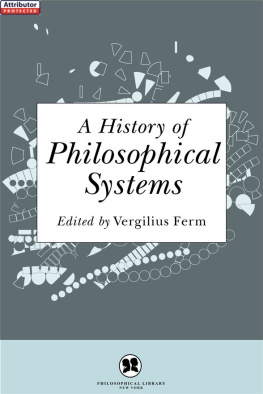
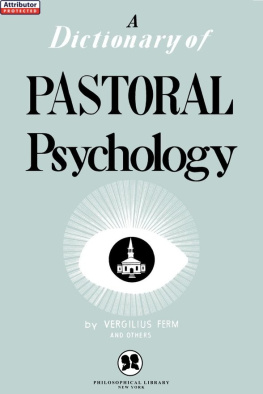
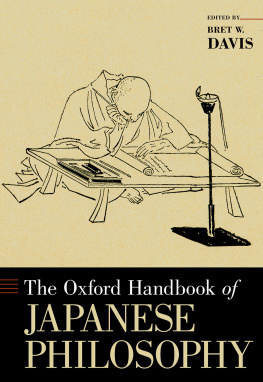

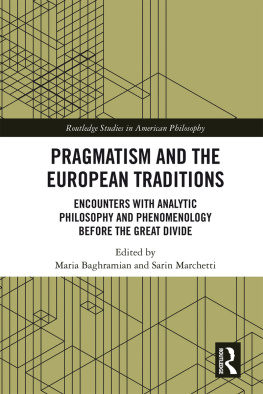

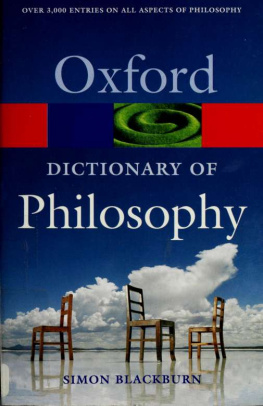

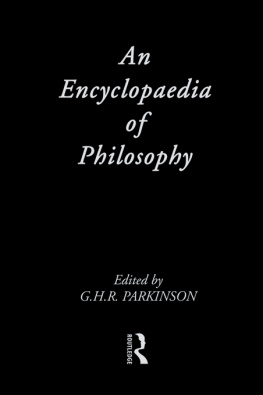

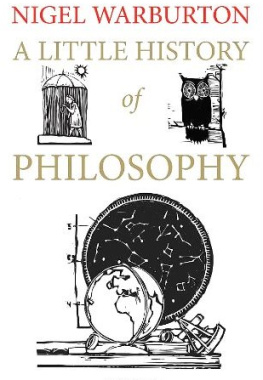
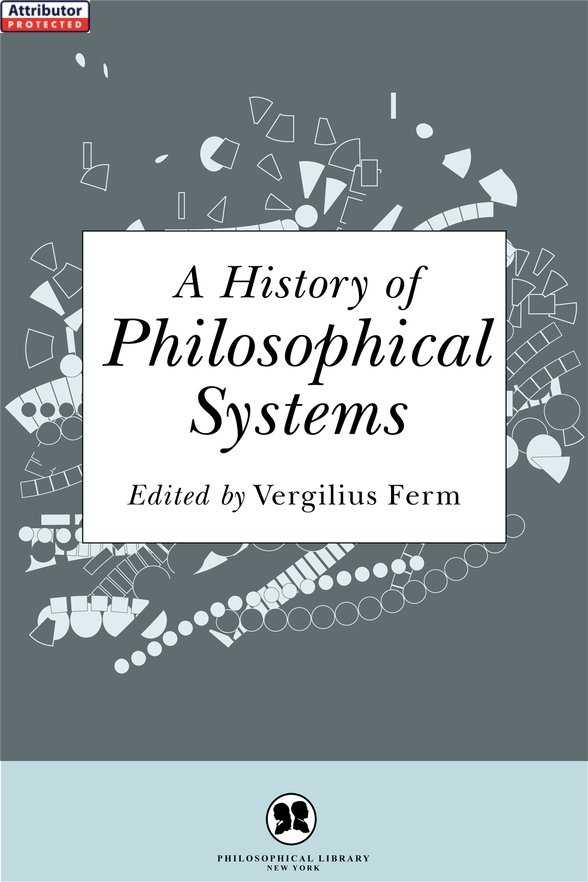
 ma-Veda and Atharva-Veda, has three main divisions: 1) the Samhit
ma-Veda and Atharva-Veda, has three main divisions: 1) the Samhit  as (commentaries) and 3) the
as (commentaries) and 3) the  ra
ra  ads.
ads.